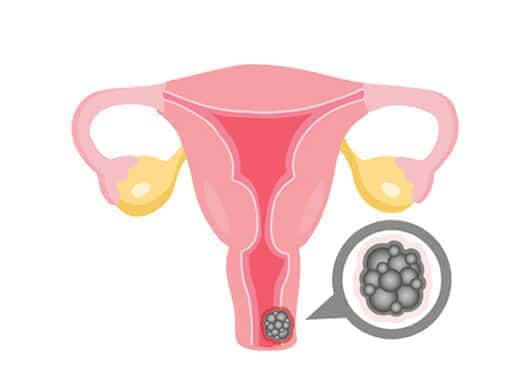- Colposcopy – Inspection of the vagina with a special lighted magnifying instrument called a Colposcope. Colposcopy allows the doctor to magnify the surface of the vagina to see areas of abnormal cells.
- Cystoscopy – Inspection of the bladder with a special lighted magnifying instrument called a Cystoscope. This procedure allows the doctor to look at the lining of the bladder. It is done to check for the spread of vaginal cancer to the bladder.
- Proctoscopy/ Proctosigmoidoscopy – Inspection of the rectum with a Proctoscope. A Proctoscope is a hollow tube, usually with a tiny light at the end, that can also be used to take tissue samples for biopsy. This procedure allows the doctor to look at the lining of the lower part of the bowel (rectum). It is done to check for the spread of vaginal cancer to the rectum.
- Imaging
- Pathology
- CT scan is a diagnostic imaging procedure that uses x-rays to build cross-sectional images of the body. It also helps to identify the spread of cancer.
-
Magnetic Resonance imaging (MRI)
uses the interaction of radio waves and magnetic field, which is processed in a high-speed computer system to produce detailed scan pictures of the tissue, organs, bones, ligament and cartilage. It may be useful in detecting tumours and their metastases. This diagnostic technique offers greater soft tissue contrast than a CT scan. - PET CT is considered to assess spread to regional nodes or distant metastases to other parts of the body. It provides functional and morphological details by utilizing radiation derived from Isotope labelled Glucose molecules to detect cellular glucose uptake in cancer.
- Biopsy – your doctor may take a tissue biopsy during a colposcopy which is then sent to the lab for further evaluation like Histopathology evaluation (HPE) and Immuno Histochemistry (IHC).


